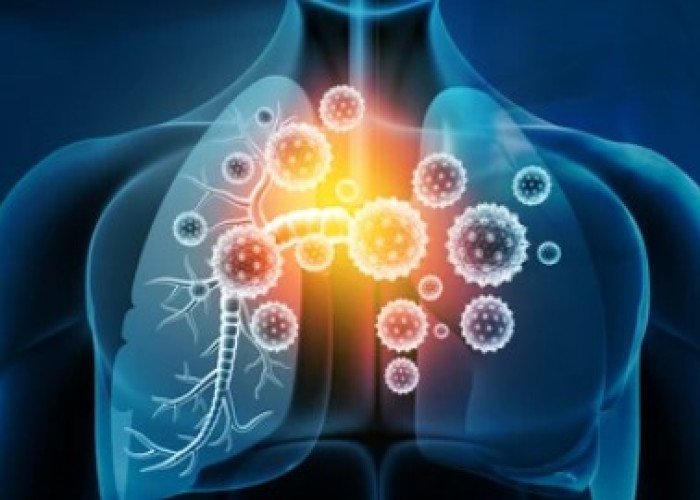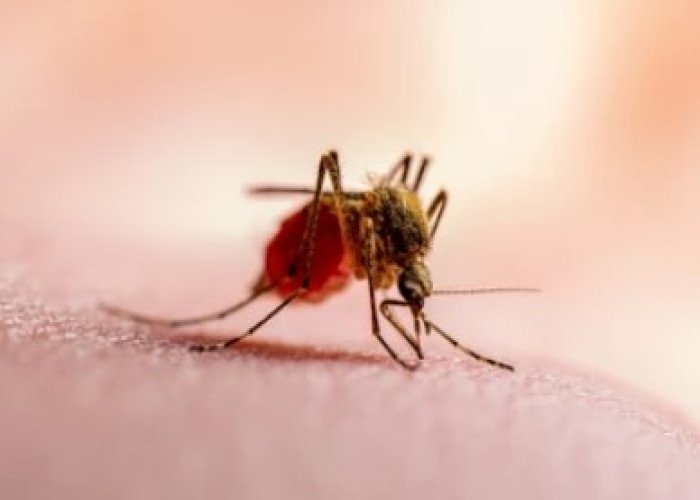 Welcome
Welcome
“May all be happy, may all be healed, may all be at peace and may no one ever suffer."
Skin is thick - Homeopathic remedies
The thickness of skin varies depending on the location on the body. Generally, the skin on the palms of the hands and soles of the feet is the thickest, while the skin on the eyelids is the thinnest.
The skin consists of three layers: the epidermis, dermis, and subcutaneous tissue. The epidermis is the outermost layer and is responsible for protecting the body from the external environment. The dermis is the middle layer and contains structures such as hair follicles, sweat glands, and blood vessels. The subcutaneous tissue is the deepest layer and contains fat cells and connective tissue.
Overall, the thickness of skin is an important factor in protecting the body from injury and maintaining its overall health. The thickness of skin can vary depending on a person's age, health status, and genetics. For example, as people age, their skin tends to become thinner, making it more susceptible to injury and damage.
Factors that can affect the thickness of skin include exposure to sunlight, smoking, and certain medical conditions such as diabetes and autoimmune disorders. Sunlight can cause damage to the skin's collagen and elastin fibers, leading to a thinning of the skin over time. Smoking can also damage these fibers and lead to a decrease in skin thickness.
In conclusion, while the thickness of skin varies depending on the location on the body, it is an important factor in protecting the body from injury and maintaining its overall health. Factors such as age, genetics, and lifestyle choices can all affect the thickness of skin, and it is important to take steps to protect and maintain healthy skin throughout one's life.

Paralysis

Bronchitis

Vaginal itching

Breast inflammation

Sleep paralysis
Growth retardation

Malaria fever

High blood pressure
Skin is thick, চর্ম পুরু
To be happy, beautiful, healthy, wealthy, hale and long-lived stay with DM3S.
